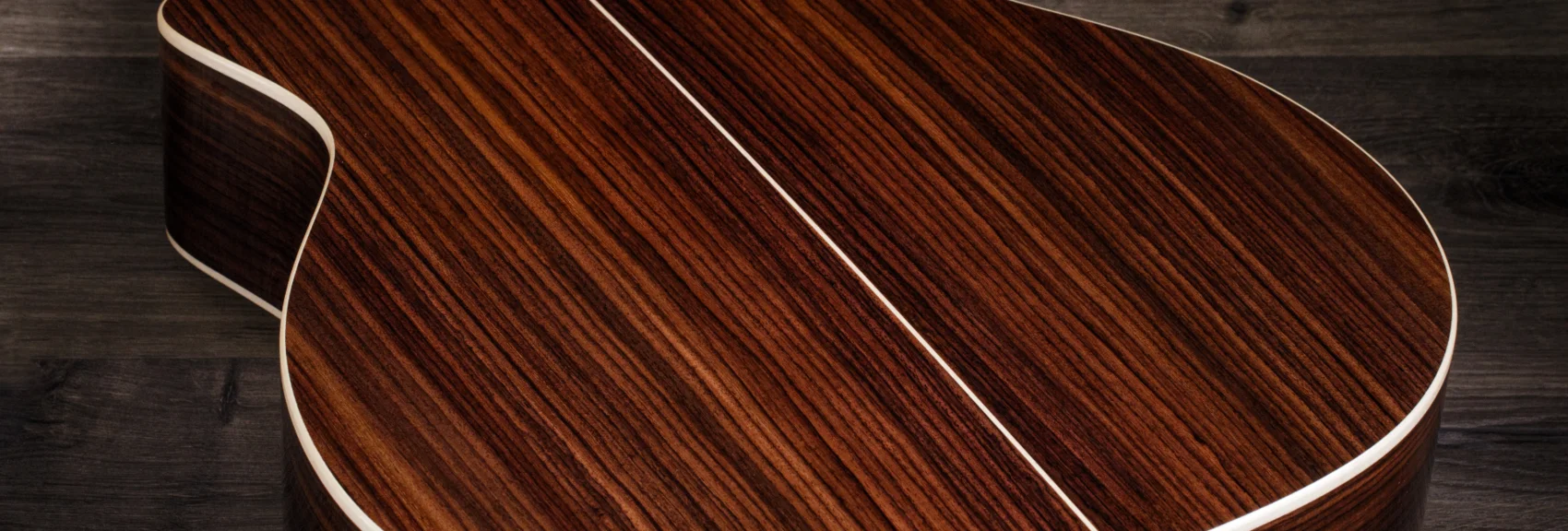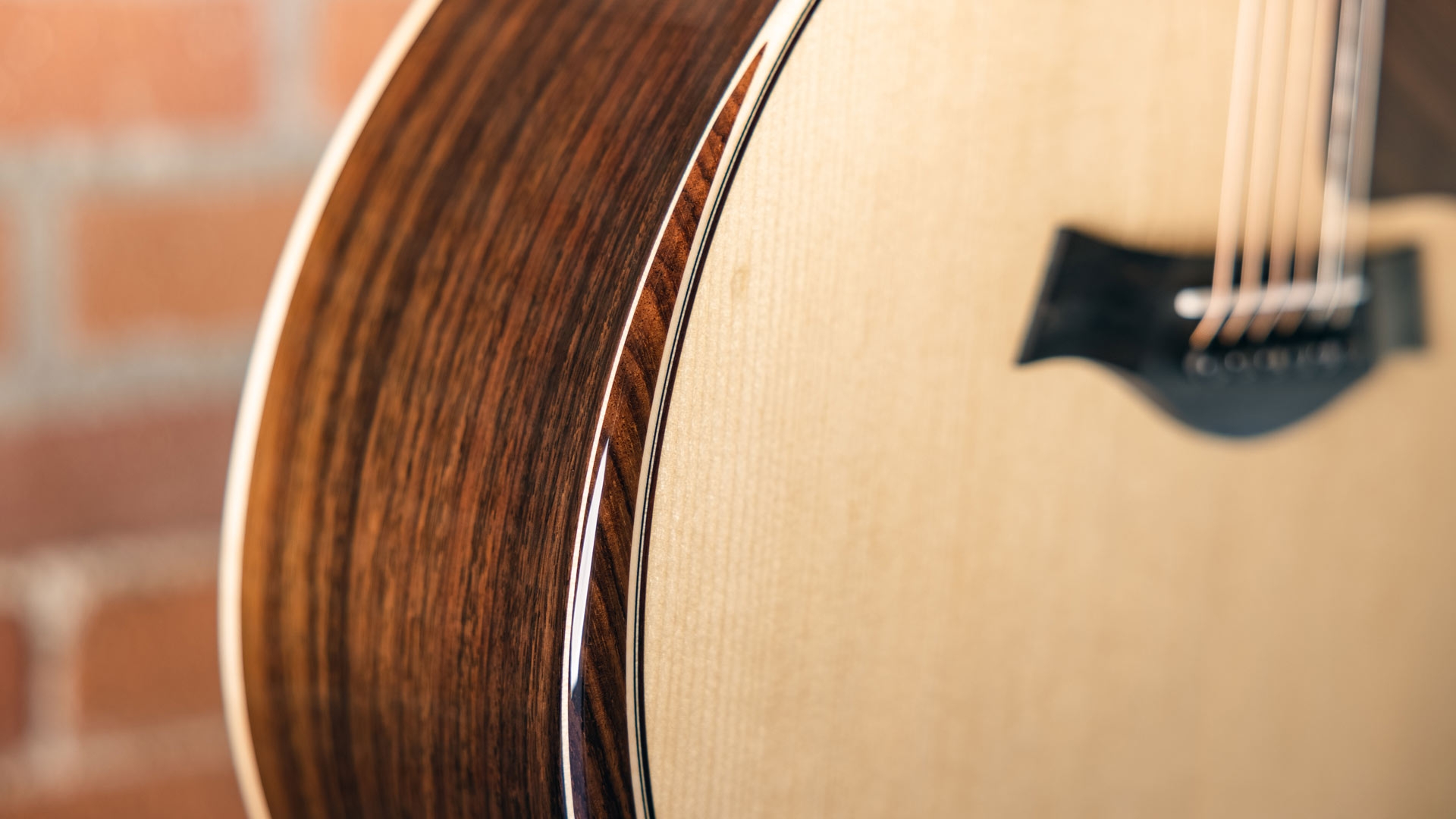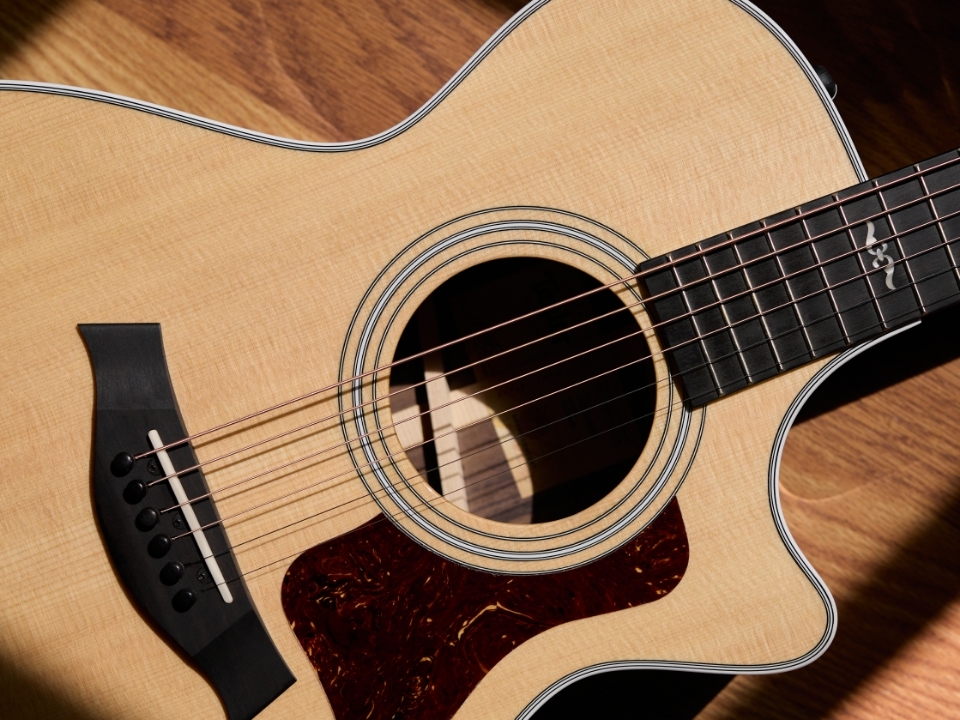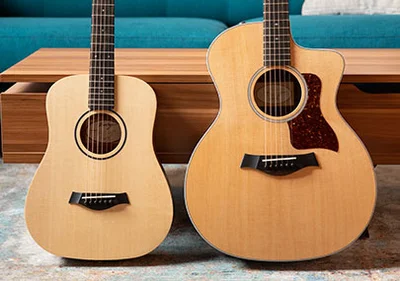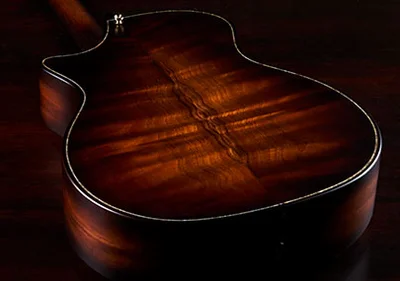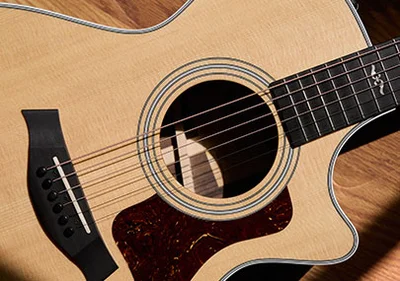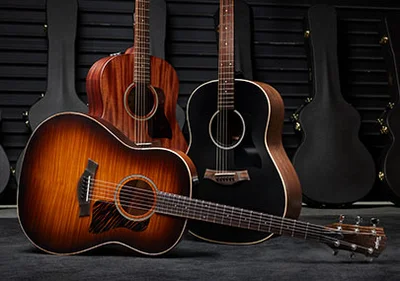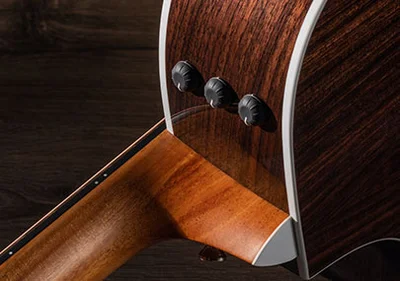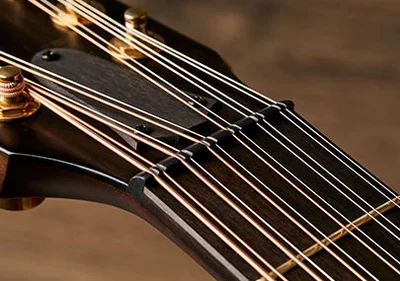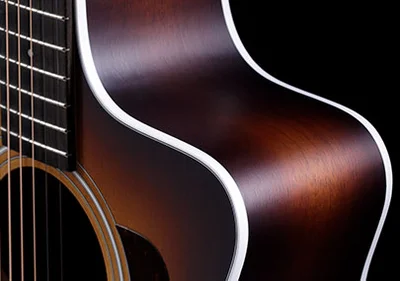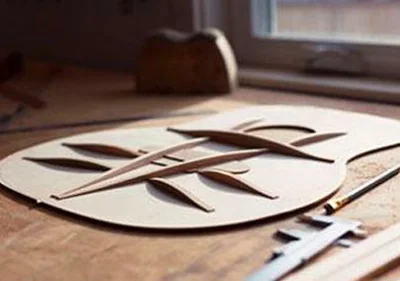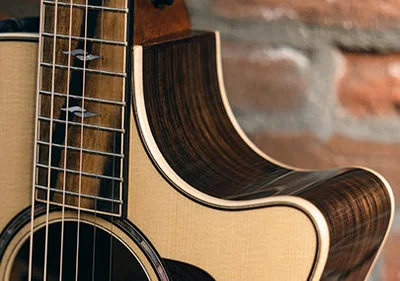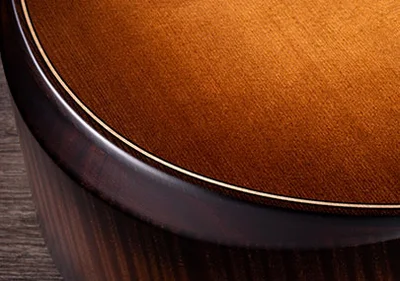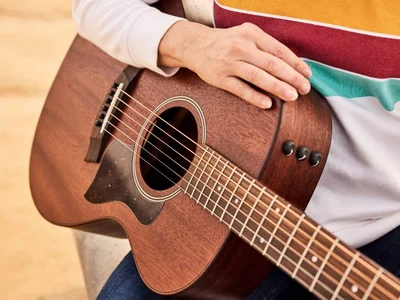

Back and side woods add unique flavors to a guitar’s tone. Some add warmth and low-end richness; others bring midrange power or treble-range clarity.

Body woods help a guitar look great, too. Some woods sport chocolatey brown hues, while others feature elaborate grain patterns and striking blonde coloration.
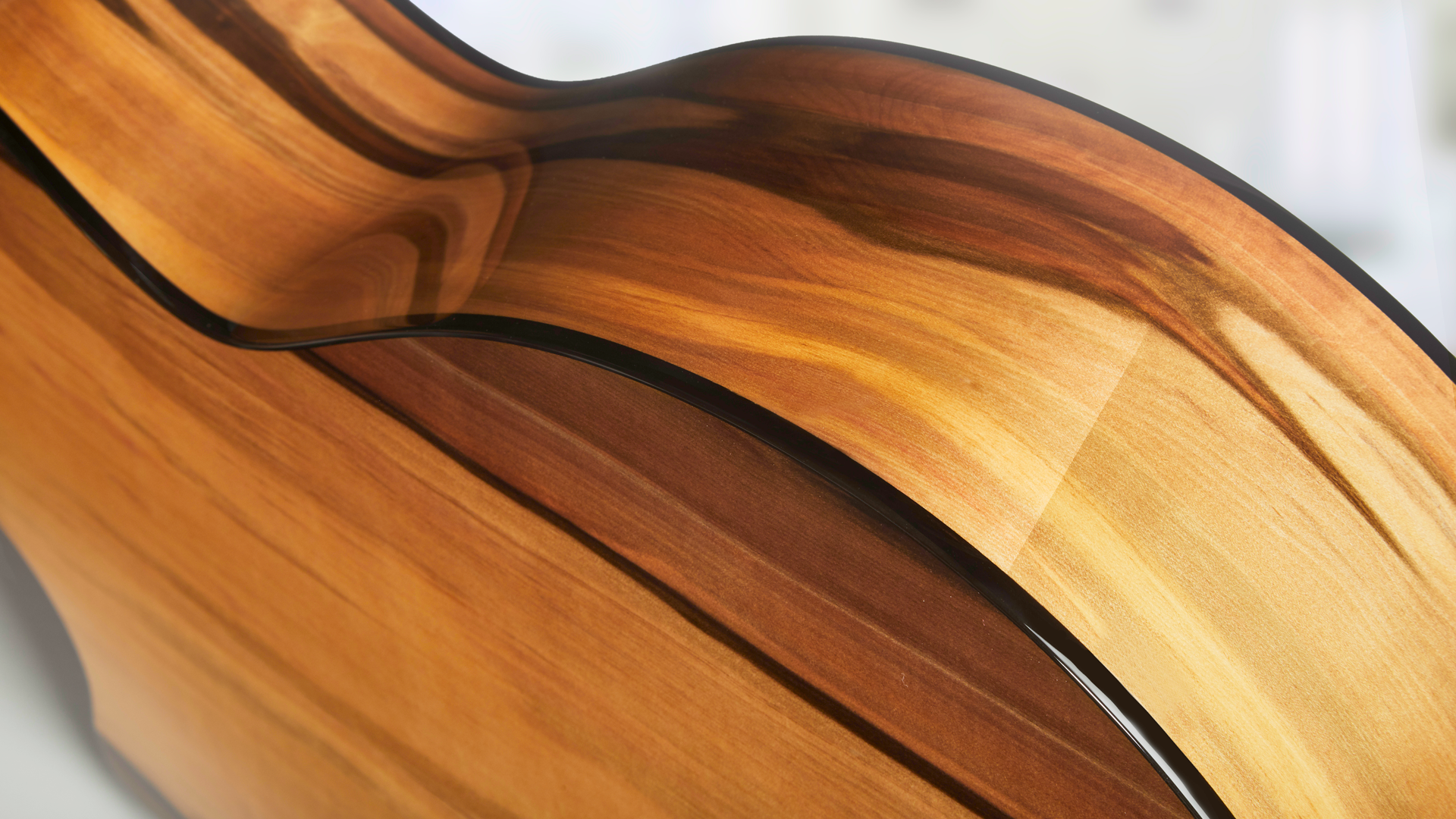
Solid Woods vs. Layered Woods
One distinction between the woods we use for the back and sides is whether the wood components are solid or layered. Solid woods produce the most complex tone and tend to contribute slightly more distinctive sonic flavoring based on the species used. Layered woods — a middle core of wood with a veneer on either side — allow us to use our resources efficiently and showcase beautiful outer veneers to elevate a guitar’s aesthetic.
Solid Back and Side Woods
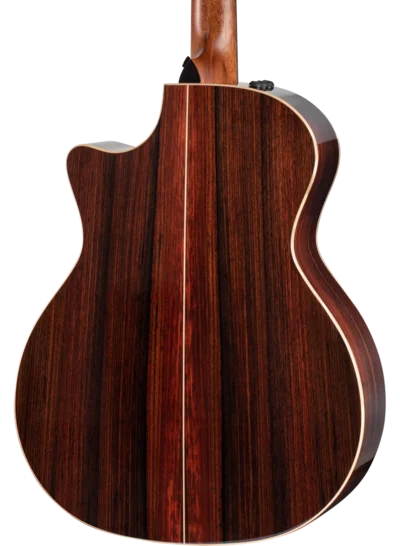
Renowned for its deep low end, clear, strong treble range and rich overtone character, Indian rosewood serves up lush, high-fidelity acoustic sparkle along with beautiful, chocolate-brown hues.
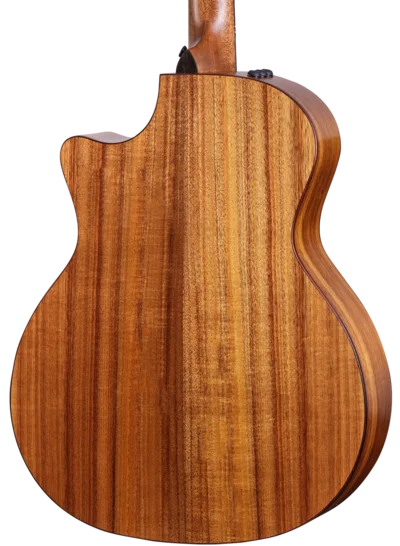
With its gorgeous visual colors and striking grain, koa is beloved as much for its looks as for its vibrant, midrange-forward sound. It’s also famous for growing sweeter and more complex as the wood ages.
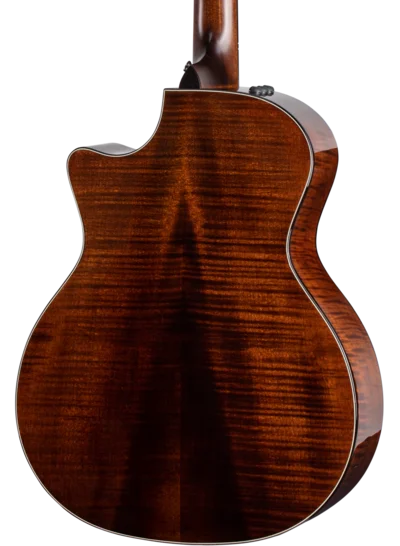
This highly player-reflective wood channels each player’s unique touch. Sometimes thought of as a “bright” tonewood with an emphasis on the treble range, our maple is voiced for greater low-end warmth and power.
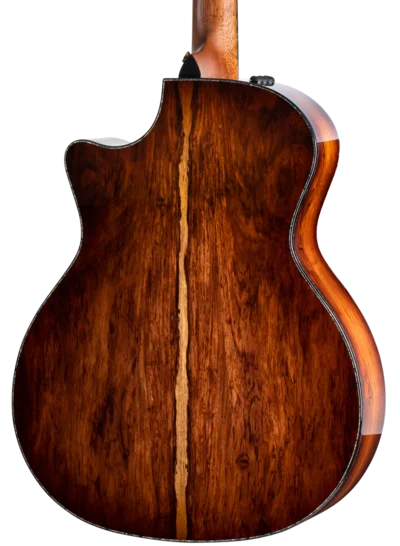
Extremely dense compared to other rosewood species, Honduran rosewood sings with a uniquely smooth voice that makes it worthy of our finest guitars.

Mahogany is known for its meaty midrange character, featuring a strong fundamental focus often described as “punchy,” “woody,” or “dry,” because it doesn’t produce a lot of ringing overtones. Mahogany’s earthy voice has been featured on many roots music recordings over the years.
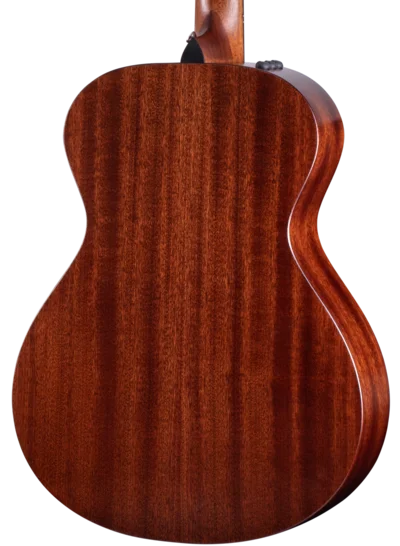
Sapele’s tonal output is consistent and balanced across the tonal spectrum, making it compatible with a diverse range of playing styles. It’s comparable to mahogany but its higher density tends to produce a slightly brighter sound with more top-end shimmer.
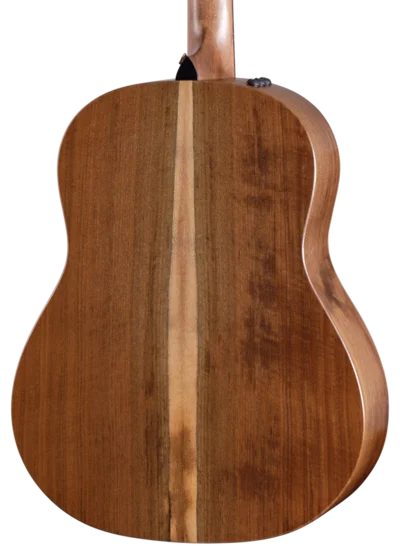
Like koa, walnut’s density and stiffness yield bright treble notes, but with a more present midrange that splits the difference between rosewood and mahogany. The bass tones initially produce a woody character that will grow richer with time and extended play.
Layered Back and Side Woods

An Indian rosewood veneer and layered construction present a beautiful aesthetic in a durable, affordable package.
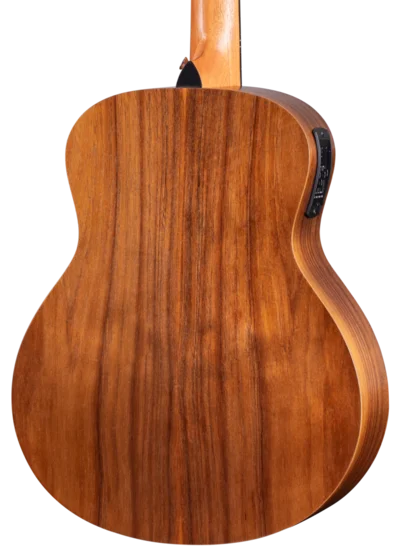
Visually inspiring figured koa gives these layered koa guitars a rich, ultra-premium look, supported by signature Taylor playability and rich tone.

Layered wood construction is used to offer attractive, durable and affordable models.
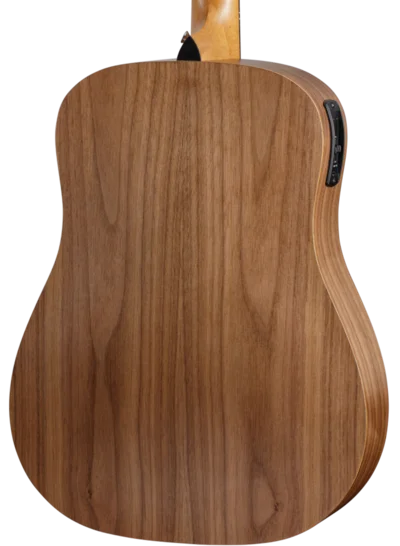
Featured on Academy and 100 Series models, layered walnut’s milk-chocolate hues and beautiful grain exude aesthetic warmth.

